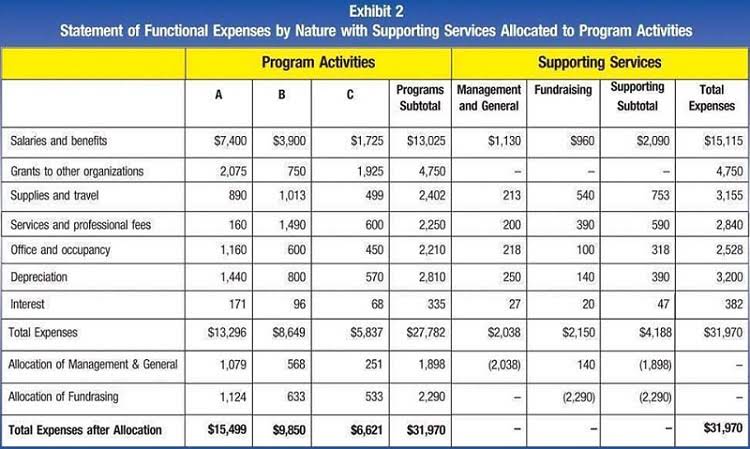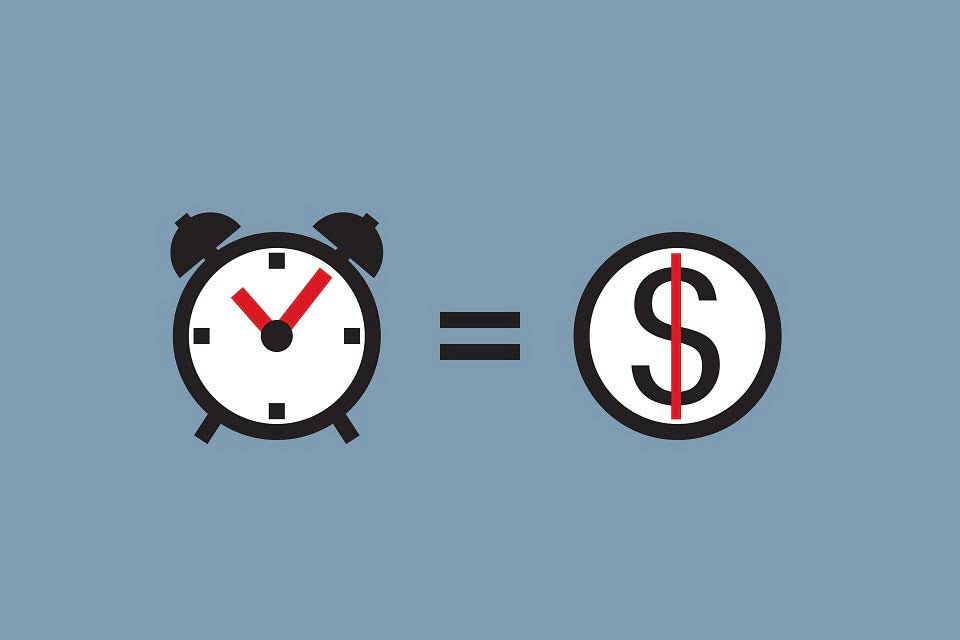
These metrics reveal consistent growth and profitability, which are key insights for investors evaluating Apple’s performance over time. In today’s digital age, financial software has become a valuable asset for automating many aspects of horizontal analysis. Software tools can streamline data collection, calculation, and visualization, saving time and reducing the risk of errors. Analyzing liability trends is essential for understanding how the company manages its financial obligations and its long-term financial health. Yes, horizontal analysis is another term for trend analysis, as both evaluate performance changes over time.

Liability Patterns: Risk and Strategy
Just like the above comparative balance sheet, these balances obtained from income statements are collected from different periods; 2020 as the base year and 2021 as the comparison year. Positive or negative trends are spotted and this method serves as more reliable when presenting external stakeholders like investors and creditors with your company’s financial health. One of the methods used to spot trends and growth patterns in a business over the years is horizontal analysis.

Step-by-step explanation
Explore the best Yahoo Finance API and its alternatives for automating financial data retrieval seamlessly. Pair horizontal analysis with these free DCF templates for stocks in Google Sheets to discover powerful valuation insights. Maybe the company launched a new product, entered a new market, or benefited from a favorable economic shift. From basics of stock market, technical analysis, options trading, Strike covers everything you need as a trader. The current liabilities stood at Rs ₹ 25,245.80 Crores as of March 2024 compared to ₹ 26,775.30 Crores as of March, 2023.
Balance Sheet Horizontal Analysis Excel Template

I’m sharing tales from the trenches of over a decade of finance experience from Fortune 100 companies to spirited startups. The following is a basic example of dividing our approach into two parts. From 2021 to 2020, we’ll take the comparison year (2021) and subtract the corresponding amount recorded in the base year (2020). In order to express the decimal amount in percentage form, the final step is to multiply the result by 100. The findings of common size analysis as compiled in the preliminary stages of due diligence are critical.

Why CFOs, Analysts, and Investors Use Horizontal Analysis
As with any form of financial analysis, technology can help save you time, making the process of horizontal analysis faster and easier. The percentage change is determined by dividing the dollar difference between the comparison year and the base year by the line item value in the base year, then multiplying the result by 100. By understanding how your company performs over time, you can make more informed decisions about allocating your resources. It establishes a baseline number such as Outsource Invoicing “total sales” or “total assets.” Then, it considers other figures as a percentage of the base.
A. Absolute Change Analysis
Smith’s 2021 study revealed that companies employing both techniques reduced financial discrepancies by over 30% compared to relying on just one. This article provides an in-depth overview of horizontal and vertical analysis, explaining the key differences, formulas, and benefits of each technique. Horizontal analysis is arguably one of the most widely used types of financial analysis. For instance, a senior executive wouldn’t base their strategy on a single revenue figure without understanding how it compares to previous periods. After successfully gathering the financial information of an entity for various accounting periods, the next step is to decide on the comparison method. There are several primary comparison methods such as direct comparison, variance analysis, horizontal analysis, vertical analysis, and so on.
- While there are limitations, such as the impact of inflation and external factors, following best practices can enhance the accuracy and usefulness of horizontal analysis.
- This analysis provides a side-by-side comparison of financial statements, focusing on value changes over time.
- These changes are either in the form of dollar amount (variance) and percentage.
- If revenue trends downward over several quarters, assess whether external factors like a recession or market disruption might be contributing to this decline.
- But sustainable business performance reveals itself through consistent patterns over time, and that’s exactly what horizontal analysis exposes.
Methodology
Fixed asset trends tell the story of capital investment and operational expansion. Companies investing heavily in fixed assets should show corresponding revenue growth in subsequent periods—if not, you might be looking at poor capital allocation decisions. The absolute change shows the real financial impact, while the percentage change provides context for the magnitude of growth relative to your base. A CEO walks into the boardroom with a single quarter’s financial statements and P&L and declares victory because revenue hit an all-time high. horizontal analysis formula Analyzing multiple periods gives you a more comprehensive view of your financial journey.
Step 2: Apply the Horizontal Analysis Formula
This approach gives valuable insights into a company’s financial structure over time. Regulatory authorities often require companies to perform horizontal analysis as part of their financial reporting obligations. This analysis ensures transparency and compliance with accounting standards, allowing stakeholders to make informed decisions. Regression analysis is a powerful statistical technique used in horizontal analysis to predict future values based on historical data. By fitting a regression model to financial data, you can make informed forecasts and projections. Rolling averages and smoothing techniques are valuable CARES Act tools for reducing noise and identifying long-term trends in financial data.
Nonetheless, vertical analysis possesses its own advantages in your company’s accounting operations. Unfortunately, it can be easy to conduct horizontal analysis the wrong way. You want to make sure that the data you’re looking at helps guide you closer to the right strategic direction, rather than just creating noise that actually makes strategic thinking harder.

